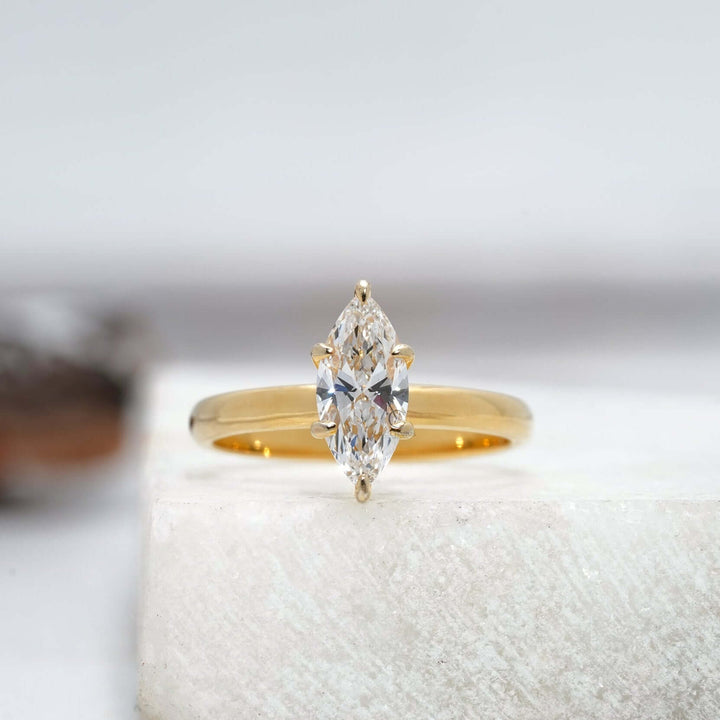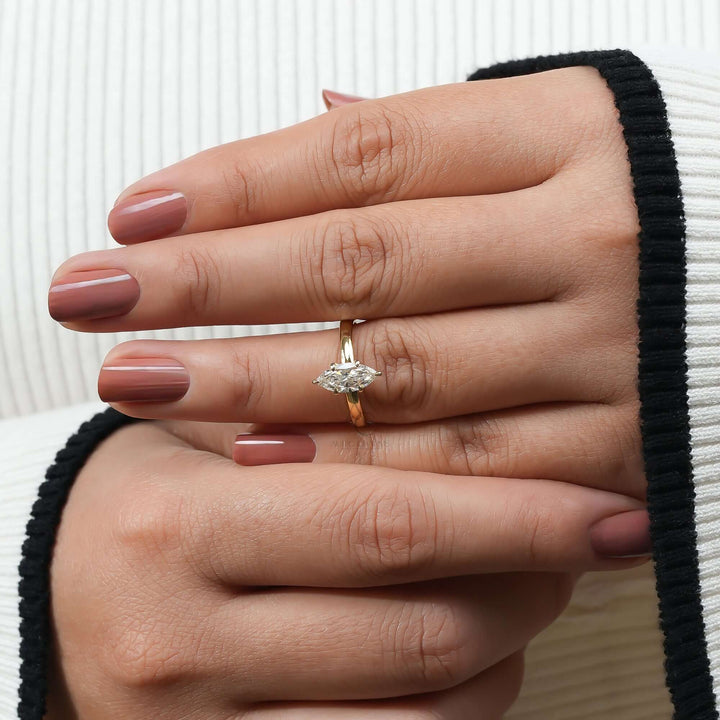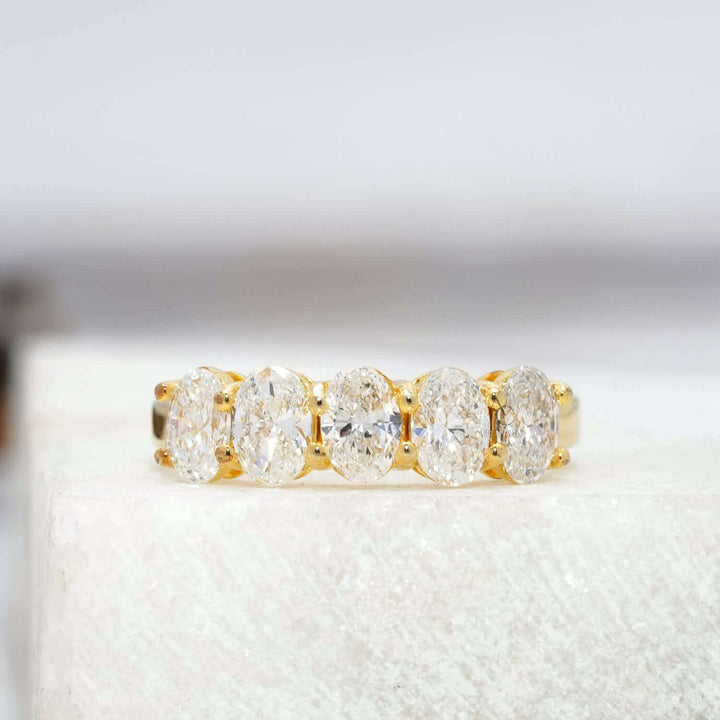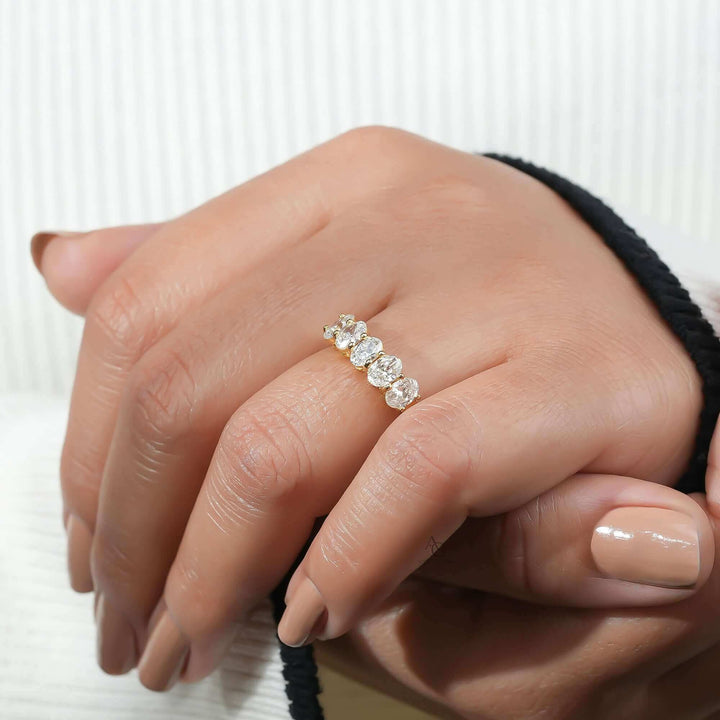What are lab-grown diamonds?
Lab-grown diamonds are diamonds that were grown by scientists in a lab. They share the same chemical makeup as natural diamonds, and are optically identical. The biggest differences between natural and lab-created diamonds are how they're made, and how rare they are.
Are lab-grown diamonds real?
Laboratory grown diamonds share an identical chemical make up to natural diamonds, both consisting of pure carbon in a cubic crystalline form. The difference between lab-grown diamonds and natural diamonds is how they are formed. Natural diamonds form below the surface of the earth over millions of years, whereas lab-grown diamonds can be created in a lab over a period of a few weeks. Auric Charms diamonds are grown to match the chemical properties of a natural diamond and the finished stone is optically identical.
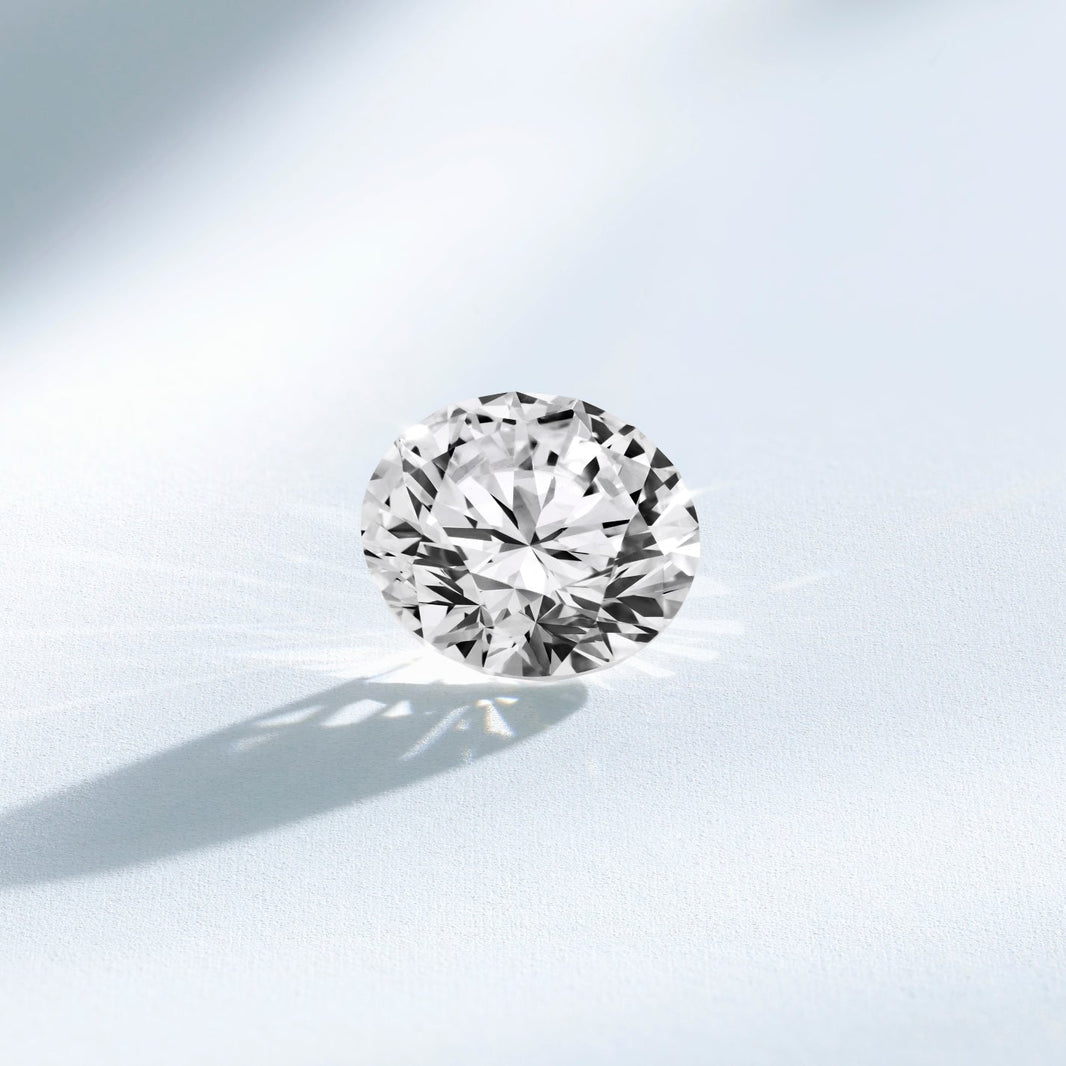
Gemological Institute of America (GIA)
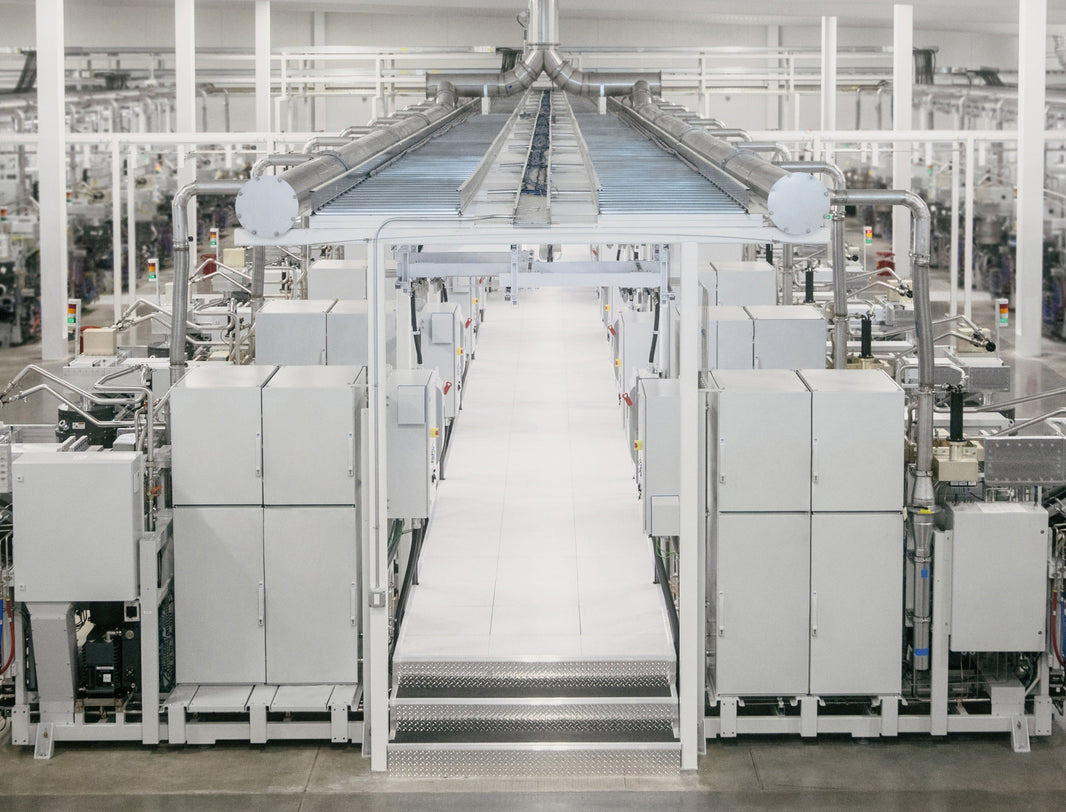
How are lab-grown diamonds made?
There are a few methods used to create lab-grown diamonds. Typically, lab-grown diamonds start with a tiny lab diamond, like a seed. The seeds are placed in a chamber called a plasma reactor (in the case of CVD synthesis) or a large mechanical press (if manufactured by HPHT). Then, depending on the technology used, some combination of heat, pressure and a carbon source are used to make the crystals grow, layer by layer.
CVD stands for chemical vapor deposition
HPHT stands for high pressure high temperature
How long does it take to grow a diamond?
How do you make colored lab-grown diamonds?
Lab grown vs Natural
At Auric Charms, we believe in transparency and helping you make informed choices. While lab-grown and natural diamonds may look identical to the eye, their origins set them apart. Both are made of pure carbon, have the same brilliance, and rank 10 on the Mohs scale—meaning they're equally durable and beautiful.
The difference? Natural diamonds are formed deep within the Earth over billions of years, while lab-grown diamonds are created in modern labs in just weeks using advanced technology that replicates natural conditions. Lab-grown diamonds are often more affordable, eco-friendly, and ethically sourced, making them a popular choice for conscious shoppers.
Whether you choose a lab-grown or natural diamond, you're getting a genuine, sparkling gem—the right one just depends on your values and style.
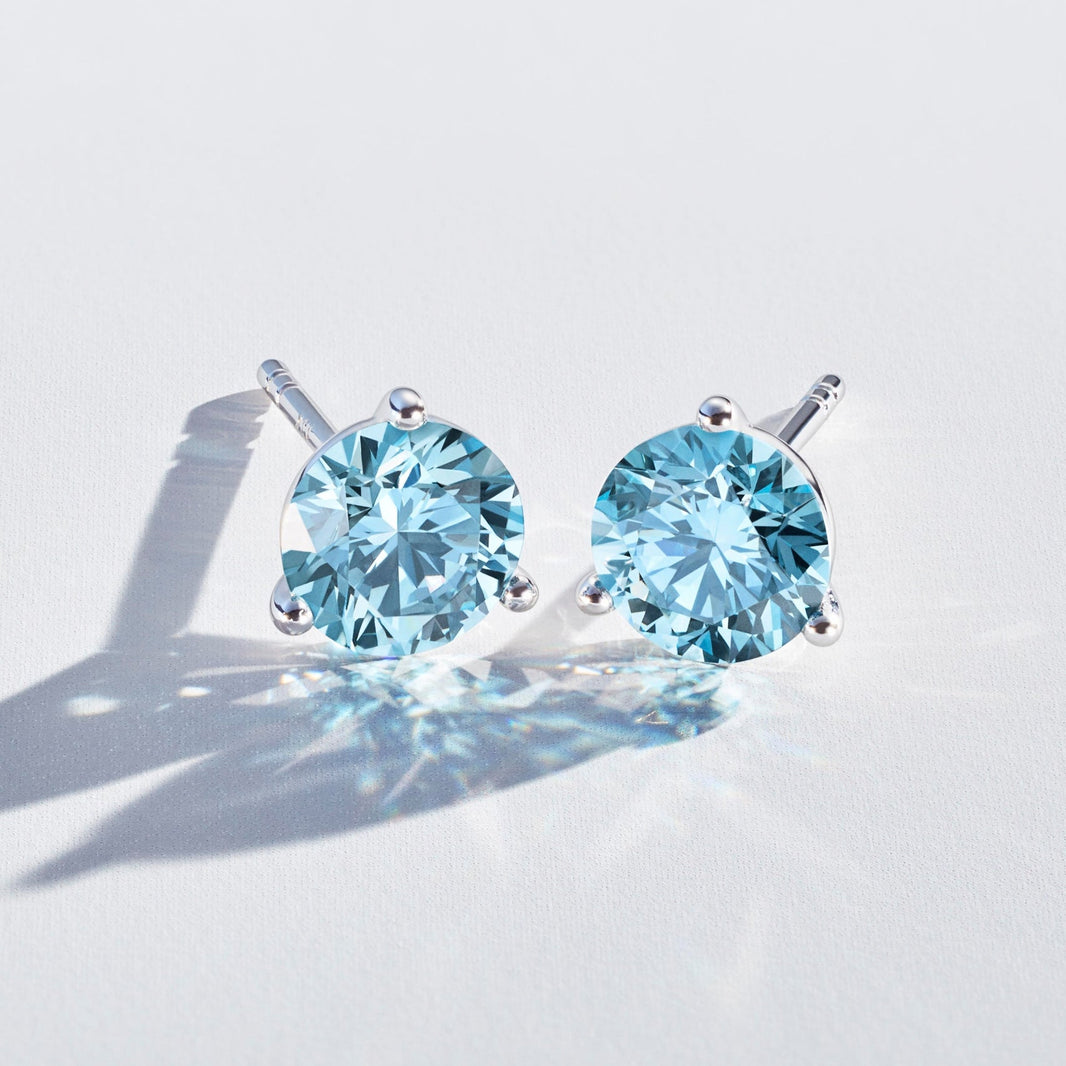
Lab-grown diamonds vs. Moissanite
Lab-grown diamonds vs. Cubic zirconia
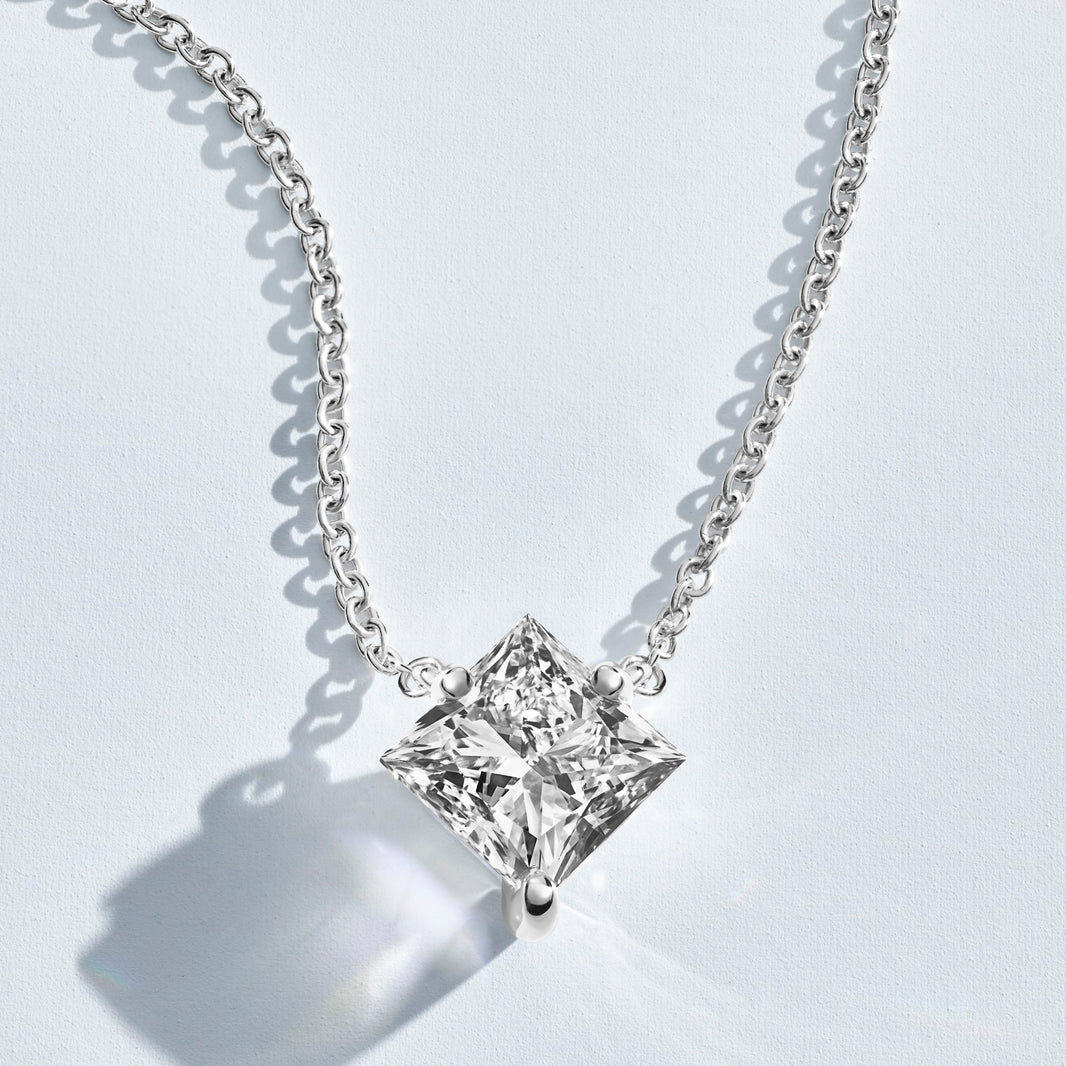
How are lab-grown diamonds graded?
Lab-grown diamonds can be graded in the same way as natural diamonds, by assessing the four C's of diamond quality: Cut, Color, Carat, Clarity. The GIA and IGI both offer dedicated reports using the same grading process as natural diamonds, whilst also specifying their origin as lab-grown. At Auric Charms we do individually certify each stone above 1 carat size. We see one of the major benefits of lab-grown diamonds to be the ability to consistently create high quality stones, therefore we guarantee all our stones reach our quality standards.














